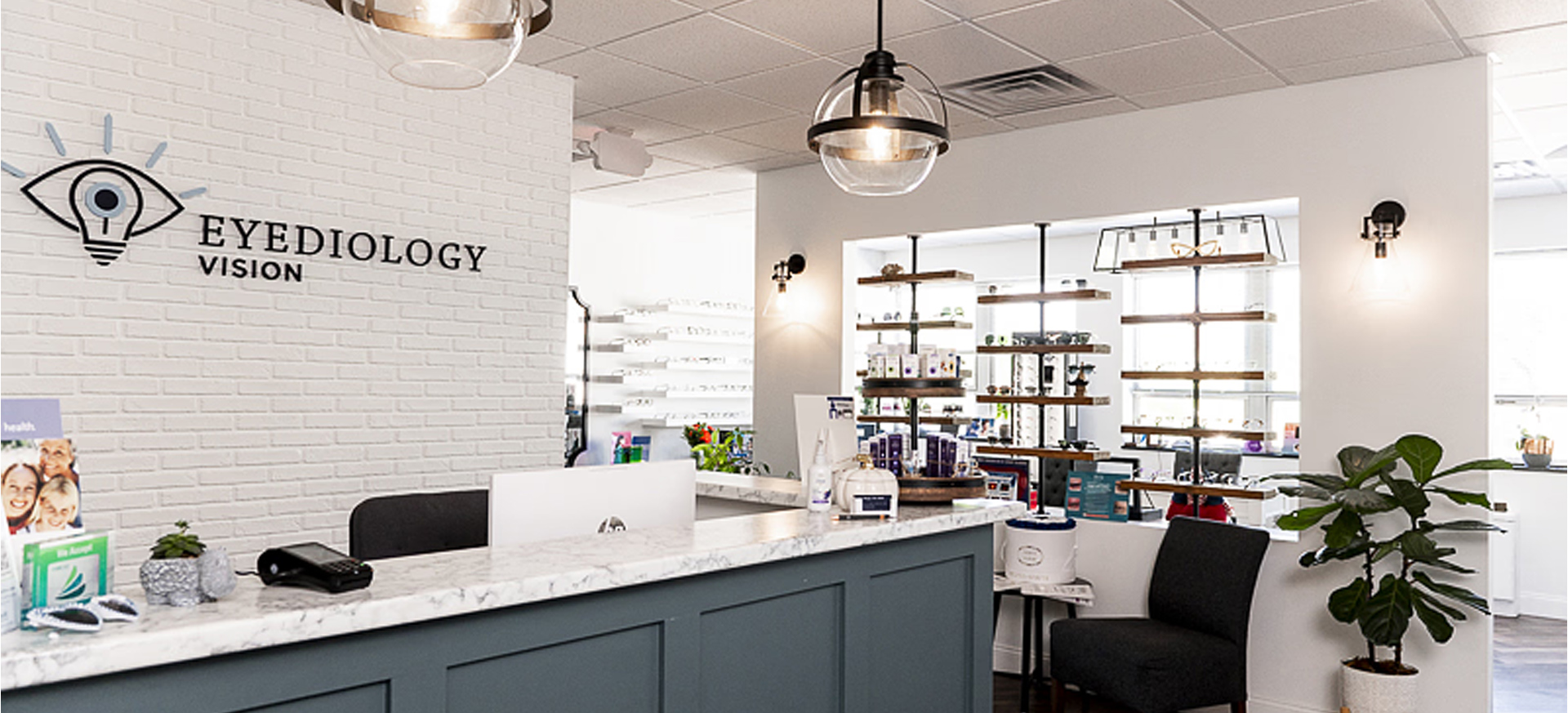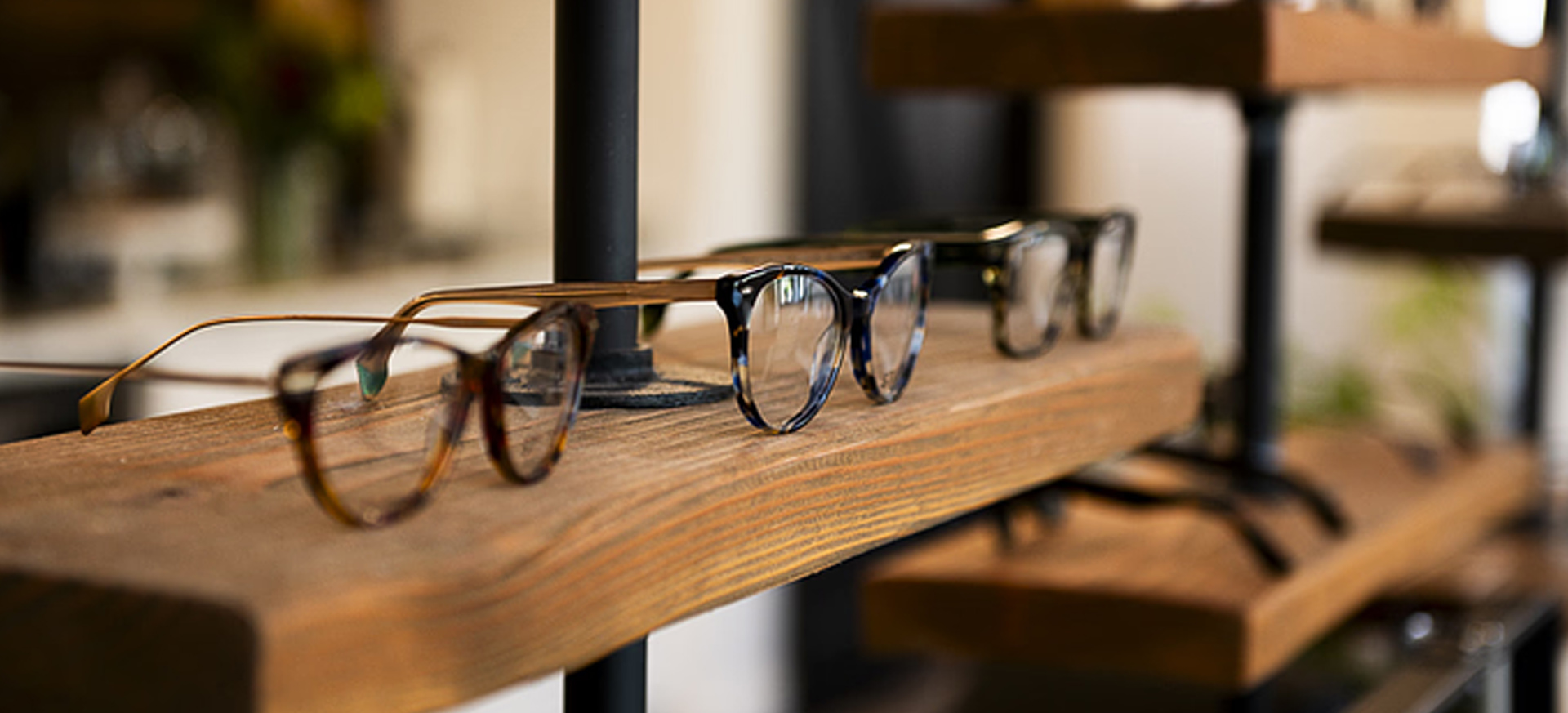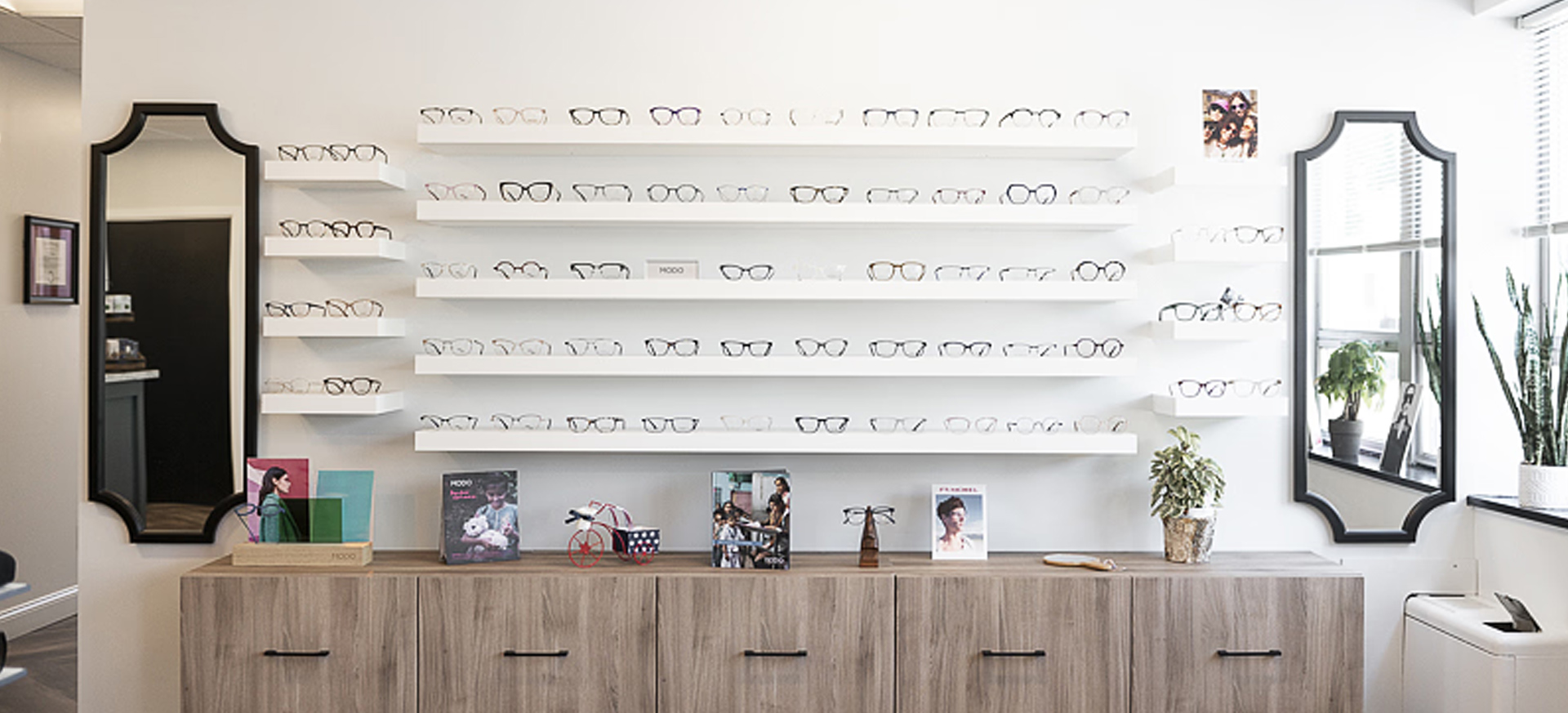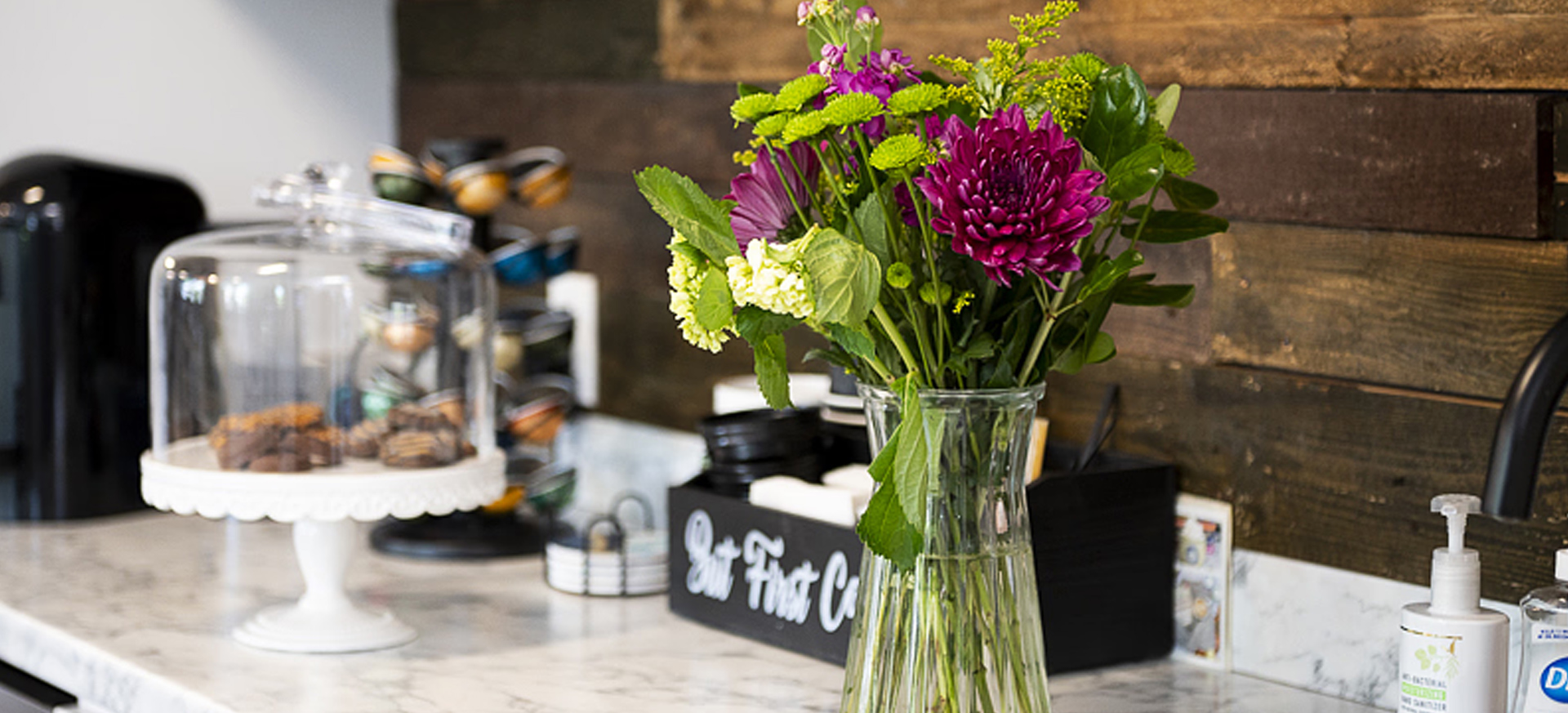Request An AppointmentRequest An AppointmentRequest An AppointmentRequest An AppointmentRequest An Appointment
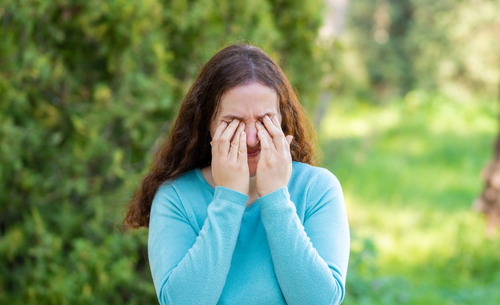
Have you experienced a burning sensation in your eye, blurry vision, or feel like your eyes are fatigued and you keep squinting? If so, you may be experiencing dry eyes. While dry eye is not serious, it presents discomfort in the eyes.
The condition leaves you with eyes that do not produce enough tears or with tears that are too thin to nourish or lubricate the eyes. This tear instability leads to inflammation and damage to the eye's surfaces.
Here is how seasonal changes affect dry eye and how you can adjust and treat it.
Dry Eye and Seasonal Changes
Dry eye symptoms increase at the beginning of the fall, but why? During the fall, environmental allergens like dust mites, ragweed, and even mold are present in the air and on many surfaces. These, coupled with the wind, expedite dry eyes.
An increase in dry eyes is also evident in autumn, when the temperature drops and the air gets drier. The same happens when people turn on the heat in the house or office during the fall or winter. The heat suckers out the moisture, and the tears evaporate, leading to eye dryness.
Symptoms of Dry Eyes
Here are some of the symptoms that present with dry eyes:
Irritation and redness of the eyes
Mucosal buildup in and around the eyes
Stinging or burning sensation in the eyes
Excessive tearing: Even if you have dry eye syndrome, your eyes usually produce more tears to remedy the condition
Blurriness of vision and/or eye fatigue
Sensitivity to light
Difficulty driving at night
Treatment
Knowing how seasonal changes affect the severity of dry eye, here are ways you can manage or treat the condition throughout the different seasons.
Use a humidifier. A humidifier helps keep your house or office moist and your eyes cool, especially when the heat is on.
Eye drops
Eye drops help restore the eyes by hydrating them. These work the same way tears do in the eye. Eye drops can best serve you before going to bed at night and in the morning.
Some of the prescription treatments for dry eye include:
Scleral lenses
These are specialty contact lenses that add moisture to the eye's surface.
Antibiotics
These are useful in the case of inflammation in the eyes. Inflammation happens because of irritation when the oil glands stop secreting oil into your tears.
Tear-stimulating drugs: These include pills, eye drops, or gels that help produce tears.
Self-preventative Treatment
Other self-preventative treatments to consider include:
Reducing screen time
Getting enough sleep Inadequate sleep leads to a decrease in tear secretion and increases defects in the epithelial cells of the cornea.
Eating more fish: Omega-3 fatty acids present in fish and fish oil may aid in improving your eye's oil film.
Avoiding smoky, windy, and dry environments
Switch to eyeglasses instead of contact lenses.







